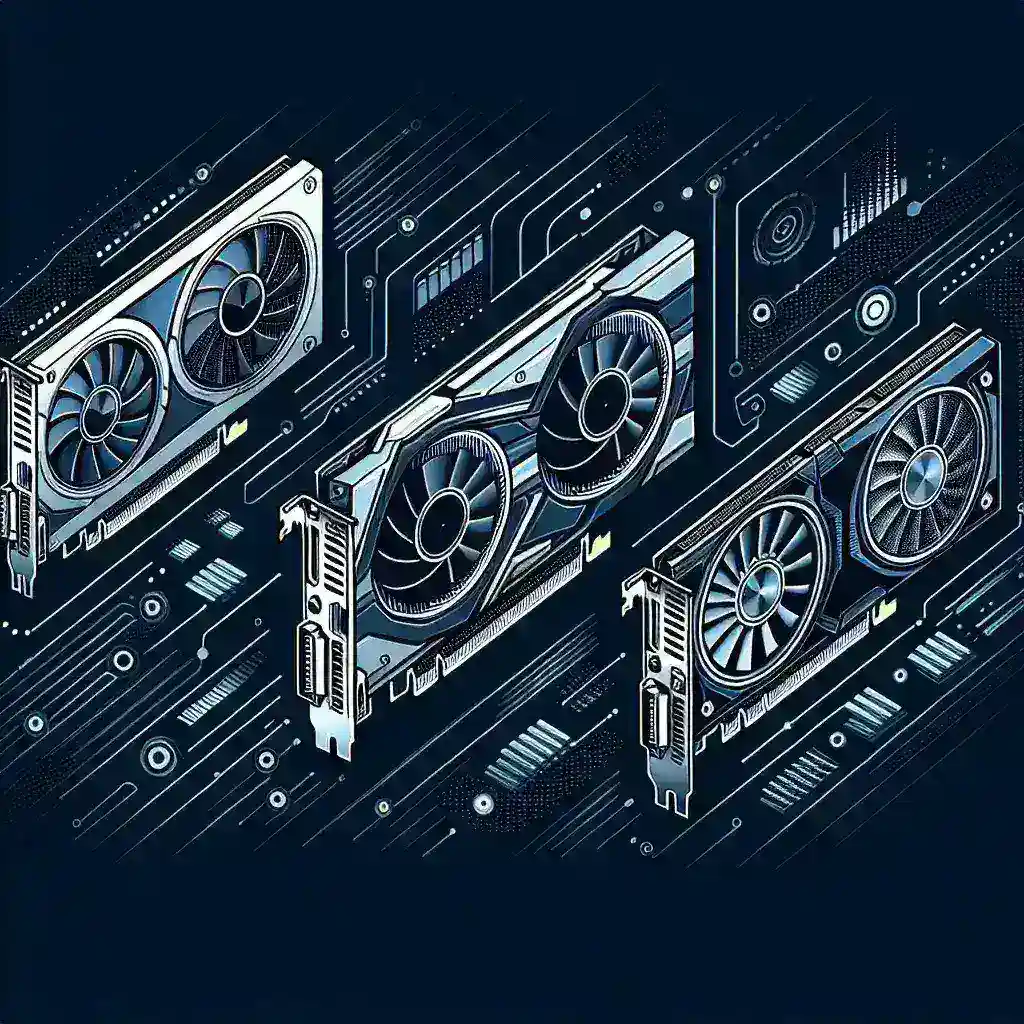Introduction
The anticipation surrounding NVIDIA’s RTX 50 Series has reached a fever pitch, captivating gamers and enthusiasts alike. With models like the RTX 5070, 5080, and 5090, the series promises to redefine performance standards in gaming and content creation. In this article, we will delve into each model, exploring their features, expected performance, and what they mean for the future of graphics technology.
Historical Context of the RTX Series
NVIDIA has long been at the forefront of graphics technology. The RTX Series, which debuted with the 20 Series, brought real-time ray tracing and AI-enhanced graphics to the mainstream. The success of the 30 Series solidified NVIDIA’s position in the market, leading to heightened expectations for the next generation. The RTX 50 Series is anticipated to build upon this legacy, offering improved performance, efficiency, and features.
Overview of the RTX 50 Series
RTX 5070: The Entry-Level Powerhouse
The RTX 5070 is expected to be the most affordable model in the 50 Series lineup, making it accessible for a broader audience of gamers and creators. With a focus on delivering solid 1080p and 1440p performance, the 5070 is designed for those who prioritize value without sacrificing quality.
- Specifications:
- CUDA Cores: Estimated improvements over the RTX 4070
- VRAM: 12GB GDDR6
- Ray Tracing: Enhanced support for real-time ray tracing
Target Audience
The RTX 5070 is tailored for casual gamers and those looking to dip their toes into high-quality graphics without breaking the bank. Its performance is likely to make it a favorite for esports and competitive gaming.
RTX 5080: The Balanced Performer
Next in line, the RTX 5080 promises a balance between performance and efficiency, targeting gamers who want to tackle more demanding titles at higher resolutions without compromising on frame rates.
- Specifications:
- CUDA Cores: Significant increase from its predecessor
- VRAM: 16GB GDDR6X
- Ray Tracing: Enhanced features for even more realistic gaming experiences
Key Features
The 5080 is designed to handle 1440p with high settings effortlessly and even offers a solid experience in 4K gaming. Its advanced cooling solution aims to maintain optimal performance under load, ensuring gamers can enjoy extended play sessions without overheating.
RTX 5090: The Flagship Model
The RTX 5090 is poised to be a game-changer, aimed at enthusiasts and professionals seeking the absolute best in graphical performance. This model is expected to include cutting-edge technology that pushes the boundaries of what gaming and content creation can achieve.
- Specifications:
- CUDA Cores: Expected to exceed 10,000
- VRAM: A staggering 24GB GDDR6X
- Ray Tracing: The most advanced ray tracing capabilities available
Potential Use Cases
The RTX 5090 is ideal for 4K gaming, VR applications, and intensive tasks such as 3D rendering and video production. Its robust architecture is designed to handle the most demanding scenarios without breaking a sweat.
Performance Comparisons
To fully appreciate the advancements of the RTX 50 Series, we must compare it to its predecessors and the competition. While the RTX 30 Series set a high bar for performance, the RTX 5070, 5080, and 5090 are expected to leap ahead in several key areas.
Frame Rates and Resolution
Benchmarks suggest that the RTX 50 Series will significantly outpace the 30 Series, especially in ray tracing and DLSS (Deep Learning Super Sampling) scenarios. Expect frame rates to soar in both 1440p and 4K settings, providing a smoother and more enjoyable gaming experience.
Energy Efficiency
With advancements in manufacturing processes, the RTX 50 Series is likely to offer superior energy efficiency compared to its predecessors. This means gamers can enjoy high performance without the hefty power bills.
Future Predictions and Trends
As we look ahead, several trends and predictions emerge regarding the RTX 50 Series. The integration of AI in graphics processing will continue to evolve, leading to smarter algorithms that enhance performance and image quality. Gamers can also expect increased support for emerging technologies such as 8K gaming and advanced VR experiences.
AI and Graphics
AI-driven features are becoming a staple in modern graphics cards. The RTX 50 Series is expected to leverage AI to improve image upscaling, frame generation, and even in-game decision-making, enhancing both visual fidelity and responsiveness.
Impact on Gaming Culture
The introduction of the RTX 50 Series is likely to shift gaming culture towards more demanding, visually-intensive experiences. Developers will be encouraged to push their titles further, creating a new benchmark for graphics that will thrill players and elevate storytelling in games.
Pros and Cons of the RTX 50 Series
Pros
- Exceptional performance across resolutions
- Advanced ray tracing capabilities
- Improved energy efficiency
- AI-driven features for enhanced gaming
Cons
- High initial price point for flagship models
- Availability issues due to demand
- Potential thermal concerns under extreme loads
Conclusion
The RTX 50 Series, with its models RTX 5070, 5080, and 5090, is set to revolutionize the gaming and graphics landscape. As NVIDIA continues to innovate, gamers can look forward to a new era of performance and visual fidelity. Whether you are a casual gamer or a professional creator, the RTX 50 Series promises to deliver unparalleled experiences that will shape the future of digital entertainment.

